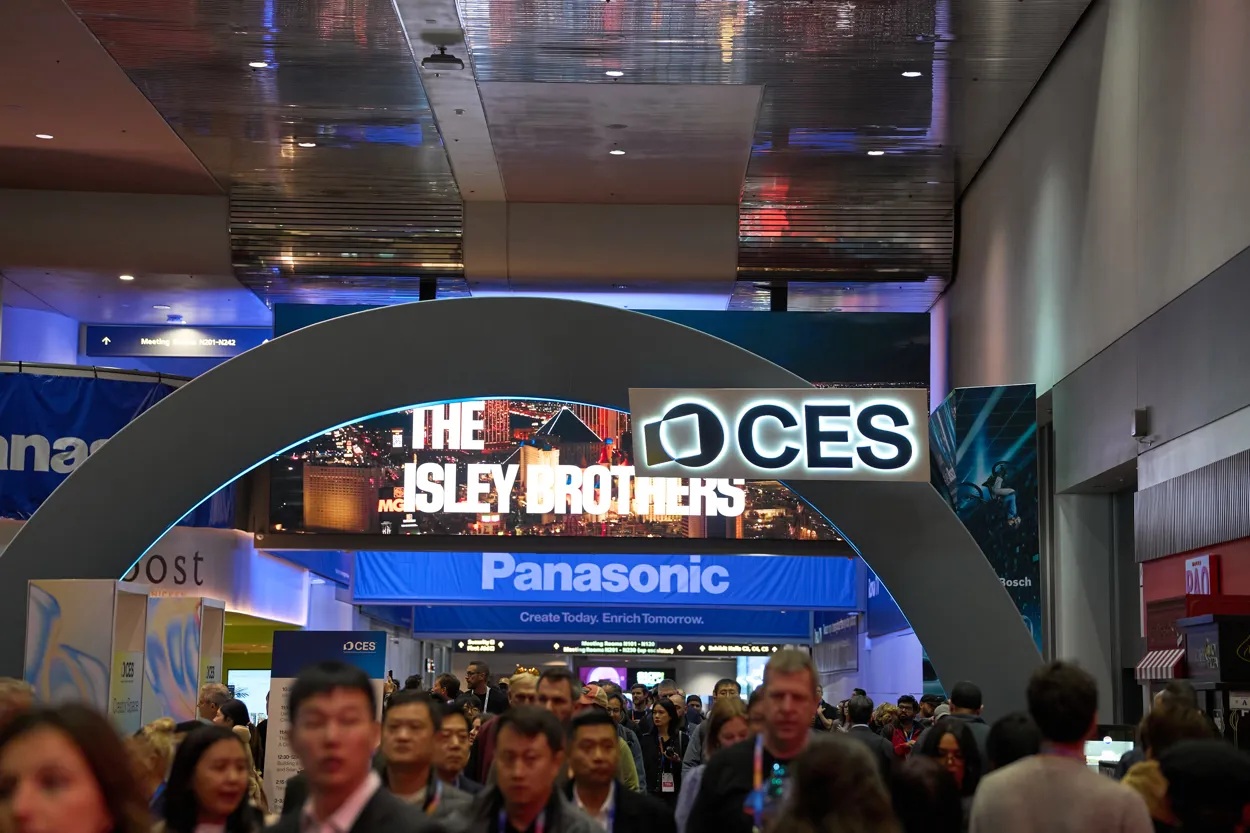FCC approves content protection technologies for broadcast flag use
Seeking to prevent a “Napsterization” of digital video broadcasts, the FCC Aug. 4 approved 13 digital output protection technologies and recording methods under criteria set forth in the previous broadcast flag order. In that action, the FCC put in motion a mechanism to protect digital broadcasters from unauthorized redistribution of their programming that attempted to balance content protection with consumer use and enjoyment of the content. The commission’s Aug. 4 order found that each technology approved is appropriate for broadcast flag use in DTV reception equipment. The certified technologies include:
- Sony’s “Magic Gate” recording technology
- TiVo’s TiVoGuard
- Philips Electronics and Hewlett-Packard’s Video Content Protection System (VCPS), formerly called Vidi
- Microsoft’s Windows Media Digital Rights Management
- RealNetworks’ Helix DRM Trusted Recorder
The FCC’s review of these technologies extends only to their suitability in protecting digital broadcast television content.
Not all parties were happy with the action. The National Football League, the Motion Picture Association of America and the NAB object to TiVoGuard, which would allow 10 TiVo-owning family members or friends to share programming via the Internet.
The action was approved by Chairman Michael Powell and Commissioners Kathleen Abernathy, Michael Copps and Jonathan Adelstein. Commissioner Martin approved in part and concurred in part.
The professional video industry's #1 source for news, trends and product and tech information. Sign up below.
